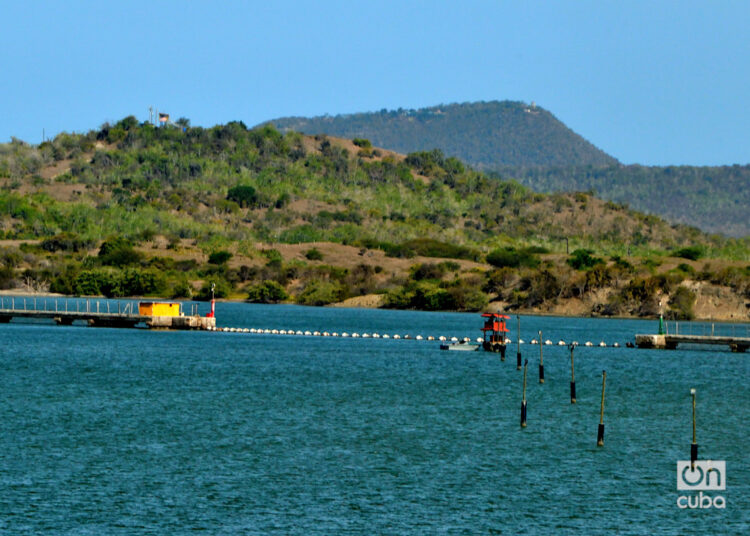Guantánamo (1796), a beautiful indigenous name adopted by the easternmost and most remote of the Cuban provinces, almost 1,000 kilometers from Havana, should be celebrated throughout the world. There, in 1492, the meeting of European and Indo-American civilizations was a transcendental process that transformed humanity.
In this regard, the prominent anthropologist Fernando Ortiz commented: “If these Indies of America were a New World for the European peoples, Europe was a brand-new world for the American peoples. They were two worlds that reciprocally discovered and collided with each other.”
As a reminder, the parish church of Baracoa, Cuba’s first township, treasures the Parra Cross, one of the 29 that Christopher Columbus brought from Spain and planted in America.
Catholicism and the Spanish language penetrated the Americas through the so-called Antilles, which, together with mutual knowledge between people of different ethnicities and cultures, were milestones of the greatest cultural transfer that, in a few decades, took from America to Europe, and vice versa, ancestral knowledge that meant a leap in world civilization.
The incorporation of America into the dynamics of modernity created the world market for goods, minerals, food, wood, various products and large sums of money in the form of gold and silver.
Added to this was the movement of people that involved, first Europeans and then millions of Africans, brought as slaves, who by adapting to the new lands, made them their homeland and enriched them with their cultures and their work.
Although the plunder overshadowed the great encounter, it did not nullify it. The original America, with its high levels of civilization, contributed hundreds of tons of gold and silver, hardwoods and fabulous foods such as potatoes, corn, peanuts, tomatoes, bananas, squash, chili, vanilla, as well as a huge variety of tropical fruits that forever changed the world’s diet and gave an extraordinary boost to the development of Europe and America.
There is no way to calculate in monetary terms the countless days of work that slaves put in, without pay or benefits. While the whips lashed the backs of these country men, they contributed to the greatness of Europe and America. They are, at least, owed gratitude.
Indigenous resistance to foreign occupation and oppression also began in eastern Cuba. More than five centuries later, it has not ended for part of Guantánamo.
The Cuban territory usurped by the U.S. naval base has never been free. From Spanish occupation it passed to that of the United States. These are notes from that history.
In the 19th century, beginning in 1868, the eastern region of Cuba was the scene of the three wars for independence that lasted until 1898, with the inevitable aftermath of destruction and economic ruin.
By a twist of events, the war waged by the Cubans for 30 years, led in its last phase by José Martí, did not end with the victory of the patriots, but with the occupation of the United States. That country, by defeating Spain in the Spanish-Cuban-American War, appropriated and militarily occupied its colonial positions, including Cuba.
The occupation, resisted by the patriots who fought against it with the means at their disposal, mainly political, lasted from 1898 to 1902. When the United States finally agreed to Cuba’s independence, it imposed as a condition an opprobrious clause in the Constitution, known as the Platt Amendment, which included the leasing of land for the installation of military bases.
The Cubans of that time had no choice. The empire was categorical: “There is an Amendment or there is no republic.…” Thus, from imposition and force, the Guantánamo Naval Base was born, a wound in the Cuban condition that, when converted into a prison, represents an affront.
However, in good faith, the Cuban rulers and constituents of that time rented lands — they did not sell them or transfer sovereignty — and it never crossed their minds that they could be used as prisons by a foreign power.
In addition to the return of the lands occupied by the base, we could join in the demand that they not be used for abject purposes. See you there.
________________________________________
*This text was originally published in the newspaper ¡Por esto! It is reproduced with the express authorization of its author.









